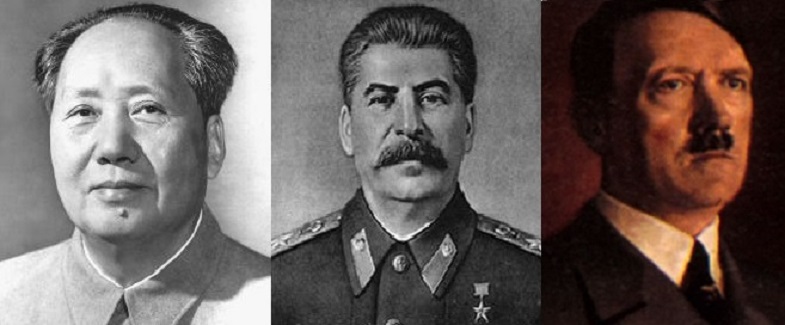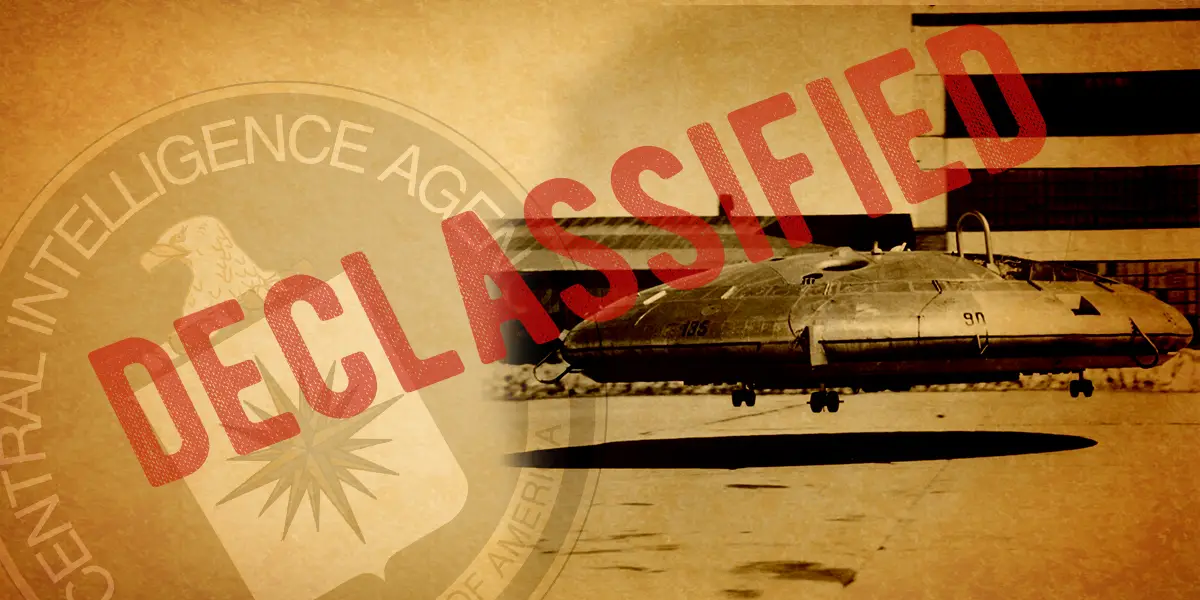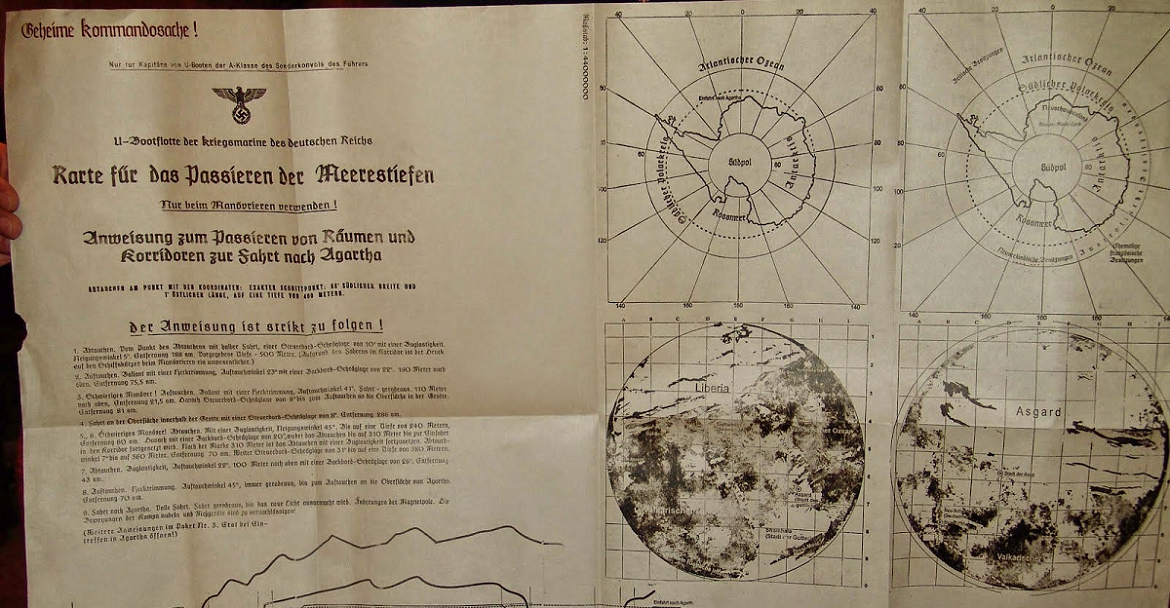Examining the historical examples of Mao Zedong, Joseph Stalin, and Adolf Hitler provides us with profound insights into the consequences of gun confiscation by oppressive leaders. This article delves into their regimes and explores their approaches to gun control, shedding light on the consequences that followed.
Mao Zedong’s China
Mao Zedong, the founder of the People’s Republic of China, implemented strict gun control policies to solidify his power and suppress dissent. Private firearm ownership was heavily regulated, making it difficult for citizens to possess weapons. This disarmament left the population defenseless against the excesses of Mao’s regime.
Aftermath: The disarmament of the Chinese population had dire consequences. With citizens left defenseless against the excesses of the regime, Mao’s Great Leap Forward and Cultural Revolution resulted in the deaths of tens of millions. The absence of firearms allowed these atrocities to persist unchallenged, highlighting the grave dangers of disarming a populace under oppressive rule.
Joseph Stalin’s Soviet Union
Joseph Stalin implemented stringent gun control measures in the Soviet Union, severely limiting private firearm ownership. These policies were justified as necessary to maintain control, suppress dissent, and prevent potential uprisings.
Aftermath: The disarmament of the Soviet population played a significant role in Stalin’s consolidation of power and the establishment of his totalitarian regime. Millions of people were subjected to forced labor, persecution, and mass executions. The lack of access to firearms stifled any potential resistance, enabling the perpetuation of an oppressive system.
Adolf Hitler’s Germany
Adolf Hitler’s Nazi Germany exploited gun control as a means to consolidate power and further their oppressive ideology. The Weapons Act of 1938 effectively disarmed targeted groups, particularly Jews, as part of a broader strategy to facilitate their persecution and eventual genocide.
Aftermath: Disarming targeted groups removed any means of self-defense and allowed Hitler’s regime to carry out the Holocaust with little resistance. The consequences were unimaginably tragic, emphasizing the dangers of government-mandated disarmament and the suppression of individual rights.
The historical examples of Mao Zedong, Joseph Stalin, and Adolf Hitler vividly illustrate the tragic consequences of gun confiscation by oppressive leaders. In each case, disarmament allowed these dictators to consolidate power, perpetrate mass atrocities, and maintain oppressive regimes.
These examples serve as stark warnings, reminding us of the dangers inherent in disarming a population and undermining individual rights. They emphasize the critical importance of safeguarding the fundamental right to self-defense and the need for vigilant protection of human rights in the face of authoritarianism.




